Dualmedia represents a cutting-edge platform designed to transform how businesses and individuals approach artificial intelligence analytics.
In today’s digital landscape, the ability to extract meaningful insights from AI-generated data has become essential for competitive advantage and informed decision-making.
Understanding AI insights isn’t just about collecting information-it’s about transforming raw data into actionable strategies that drive results.
Organizations that fail to capitalize on these opportunities risk falling behind competitors who effectively utilize AI-driven intelligence.
This comprehensive guide will walk you through Dualmedia’s core features and functionalities, providing practical techniques to maximize your AI insight capabilities.
You’ll learn proven methods to interpret complex data patterns, implement effective analysis workflows, and convert findings into measurable business outcomes through Dualmedia’s powerful tools.
Why Choose Dualmedia for AI-Powered Content Intelligence?

Dualmedia combines advanced artificial intelligence with user-friendly design to help content creators and brands make smarter, data-informed decisions that drive measurable results.
Cutting-Edge AI Technology
Dualmedia stands at the forefront of artificial intelligence innovation, offering real-time data analysis capabilities that deliver precise results when you need them most.
The platform integrates advanced machine learning models specifically engineered for content personalization, ensuring your audience receives relevant, targeted experiences that drive engagement and conversion rates.
Designed for Modern Creators and Brands
The platform features an intuitive interface that streamlines complex AI processes into manageable workflows.
Dualmedia includes specialized built-in tools crafted for marketers, strategists, and media professionals, enabling teams to collaborate effectively while maintaining focus on creative excellence and strategic objectives.
Data-Driven Decision Making
Transform complex datasets into actionable insights that fuel informed business decisions.
Dualmedia empowers users to scale campaigns efficiently while maximizing return on investment through intelligent analysis and strategic recommendations.
The platform converts overwhelming information streams into clear, implementable strategies that produce measurable results for your organization.
A Step-by-Step Guide to Master AI Insights Dualmedia
Follow this comprehensive walkthrough to effectively utilize Dualmedia’s AI capabilities, from initial setup to advanced analytics implementation for optimal content intelligence results.
Step 1: Understanding Dualmedia’s Core Features
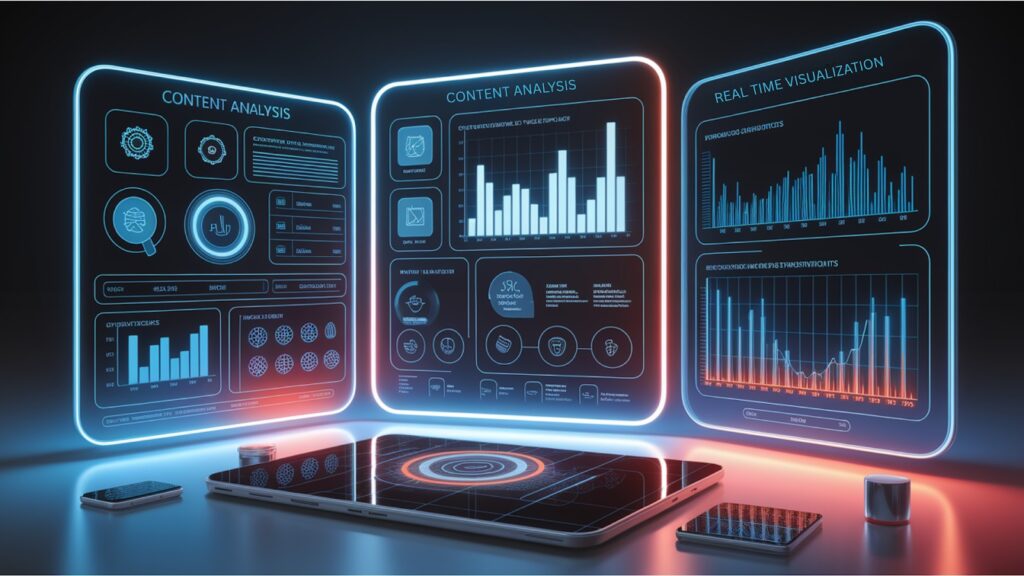
Dualmedia is a comprehensive platform that combines artificial intelligence with content intelligence to help creators and marketers optimize their digital strategies.
The platform offers several key AI capabilities, including content analysis, audience behavior prediction, real-time insights, and visual performance metrics that make complex data easy to understand and act upon.
Step 2: Setting Up Your Dualmedia Dashboard
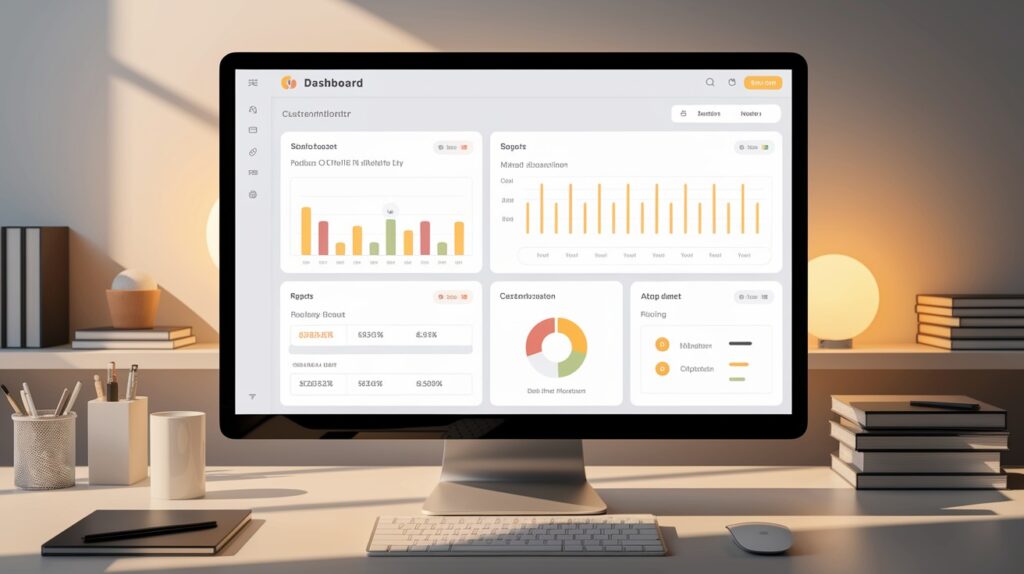
Getting started with Dualmedia involves a simple registration process where you create your account and select the plan that best fits your needs.
Once registered, you can explore the intuitive dashboard interface and customize widgets and reports to match your specific requirements and preferences.
Step 3: Connecting Your Content Channels
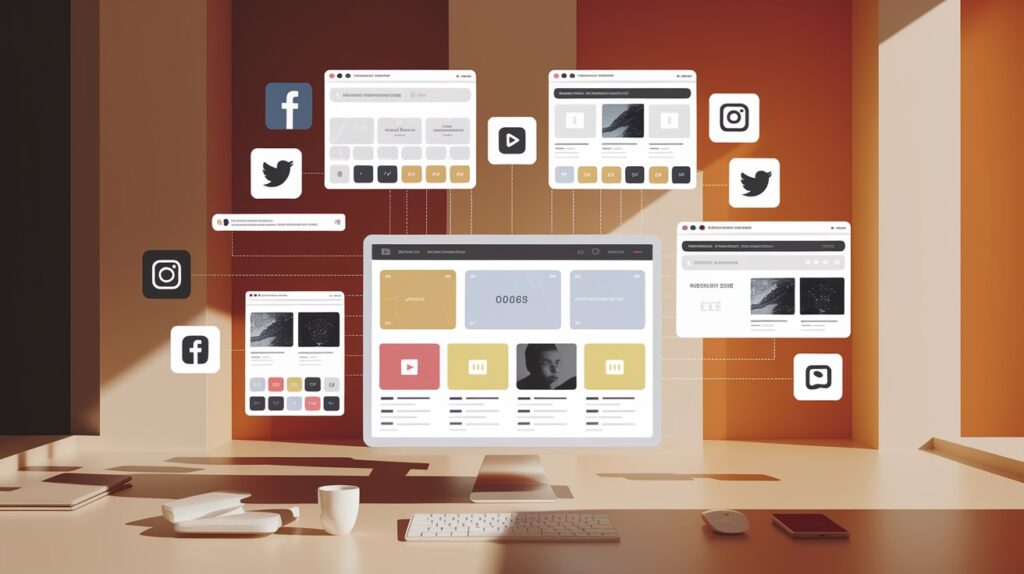
Dualmedia supports various platforms, including social media channels, blogs, websites, and video or audio content.
The platform makes it easy to integrate APIs and feeds through a straightforward connection process, allowing you to automate your content flow and centralize all your content data in one location.
Step 4: Analyzing AI-Driven Insights
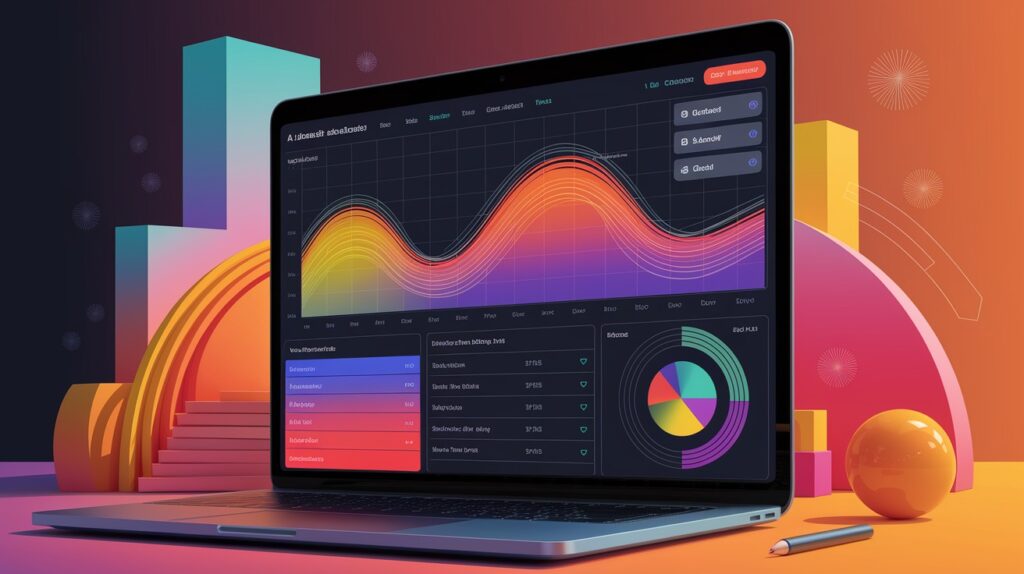
The platform provides detailed audience engagement trends through heatmaps, attention span analysis, and behavioral segmentation tools.
You can track essential content performance metrics such as click-through rates, shares, and time-on-page to understand what resonates with your audience and what needs improvement.
Step 5: Optimizing Content Based on Insights
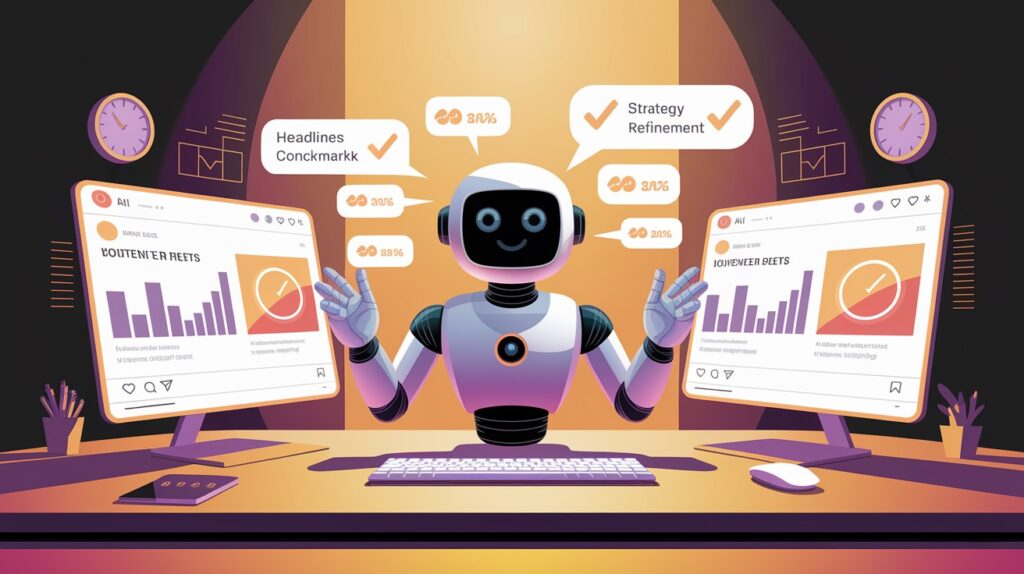
Dualmedia’s AI suggestions help improve your content by recommending better headlines, captions, and visuals, along with optimal posting times.
The platform supports A/B testing for content ideas and provides tools for fine-tuning your strategy to achieve higher return on investment.
Step 6: Collaborating Across Teams
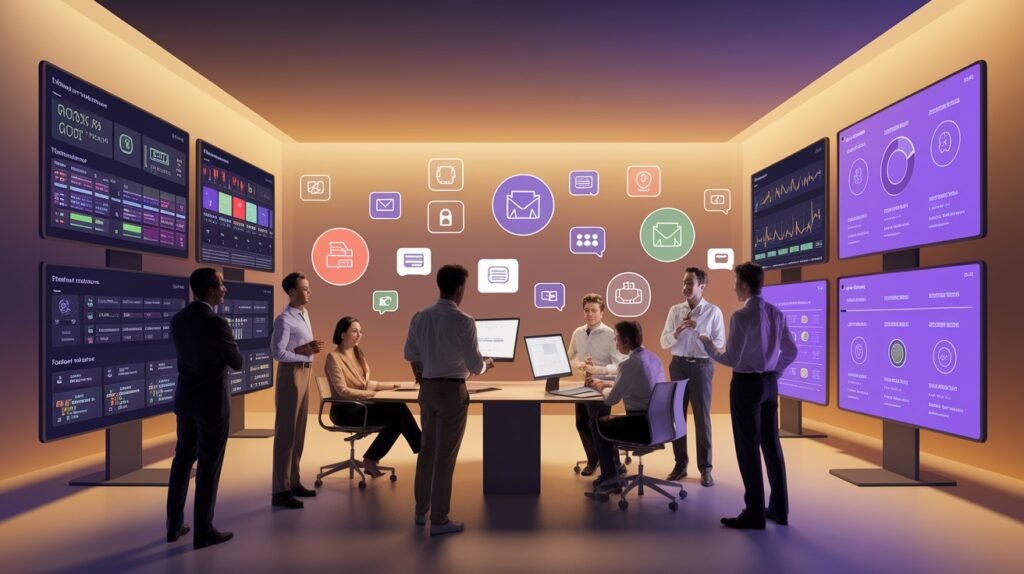
The platform offers role-based dashboards designed for marketers, analysts, and creative professionals.
Team collaboration features include easy report sharing, multiple export options, and collaborative editing tools with feedback capabilities to streamline teamwork and communication.
Step 7: Leveraging Predictive Analytics
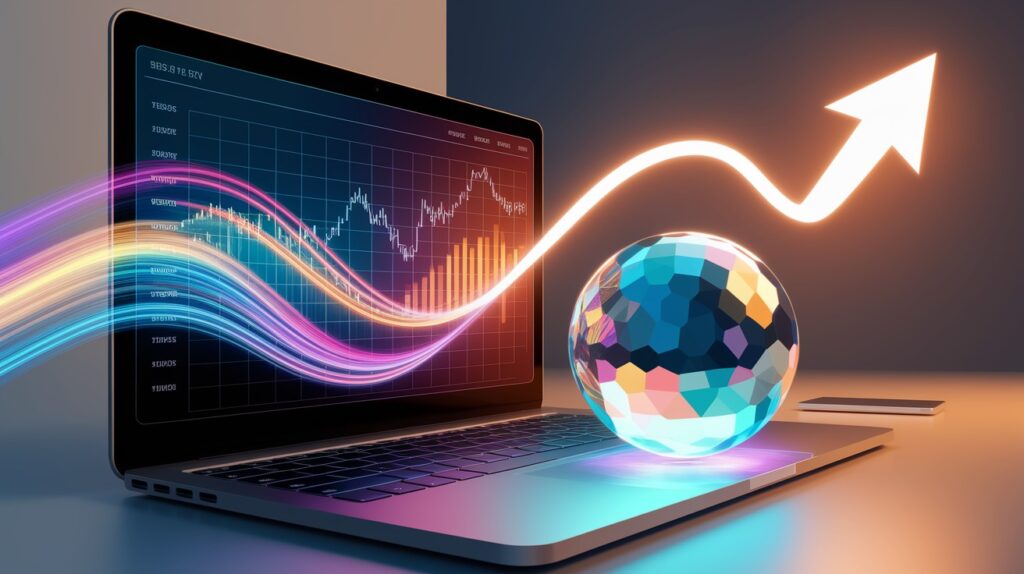
Dualmedia’s predictive analytics capabilities forecast future trends and audience shifts, helping you stay ahead of changing preferences.
The platform enables strategic planning by aligning your content calendars with data trends, ensuring your content strategy remains relevant and effective over time.
Real-World Applications and Success Stories
Dualmedia has proven its effectiveness across various industries, with leading media agencies reporting significant improvements in engagement rates and campaign performance.
These organizations use the platform’s AI-driven insights to create more targeted content strategies, resulting in higher audience retention and improved conversion rates.
The platform’s ability to analyze real-time data has enabled agencies to make quick adjustments to campaigns, leading to better overall performance.
The impact on return on investment has been substantial for companies implementing Dualmedia’s solutions.
Organizations report measurable improvements in campaign efficiency, with some seeing up to 40% increases in engagement metrics and reduced content production costs.
The platform’s predictive analytics help teams allocate resources more effectively, focusing efforts on content types and channels that deliver the best results for their specific audiences.
Power users of the platform have shared valuable insights about maximizing Dualmedia’s potential.
Key best practices include setting up automated reporting systems, regularly reviewing audience segmentation data, and using the platform’s A/B testing features to continuously refine content approaches.
These experienced users emphasize the importance of combining AI insights with creative intuition, using data to inform decisions while maintaining authentic brand voice and messaging that resonates with their target audiences.
Conclusion
Mastering AI insights with Dualmedia requires the following seven essential steps: understanding core features, setting up your dashboard, connecting content channels, analyzing AI-driven insights, optimizing based on data, collaborating across teams, and implementing predictive analytics.
This systematic approach transforms how content professionals create and distribute their material.
Dualmedia represents a significant advancement for content professionals by combining artificial intelligence with practical application tools.
The platform enables teams to make informed decisions backed by real-time data, resulting in improved engagement rates and higher returns on investment.
To stay competitive with AI-powered content strategies, focus on continuous learning and adaptation.
Regularly review your analytics, test new approaches, and remain open to platform updates.
Success comes from balancing data-driven insights with creative expertise to produce authentic content that resonates with your target audience.
Frequently Asked Questions
What is Dualmedia, and how does it help with AI insights?
Dualmedia is an AI-powered content intelligence platform that analyzes your content performance across multiple channels. It provides real-time insights and predictive analytics to help creators and marketers make data-driven decisions for better engagement and ROI.
How long does it take to set up Dualmedia for my content channels?
The initial setup process typically takes 15-30 minutes, including account creation and connecting your first content channels. Most users can start receiving basic insights within hours of completing the integration process.
Can Dualmedia integrate with my existing social media and content platforms?
Yes, Dualmedia supports integration with major social media platforms, blogs, websites, and video content channels. The platform offers API connections and automated feed integration to centralize all your content data in one dashboard.
What kind of results can I expect from using Dualmedia’s AI insights?
Users typically see improvements in engagement rates, content performance, and campaign efficiency within the first month. Many organizations report up to 40% increases in key metrics and significant reductions in content production costs.
Is Dualmedia suitable for small businesses or just large enterprises?
Dualmedia offers flexible plans designed for businesses of all sizes, from individual creators to large enterprises. The platform’s scalable features and intuitive interface make it accessible for small teams while providing advanced capabilities for larger organizations.




